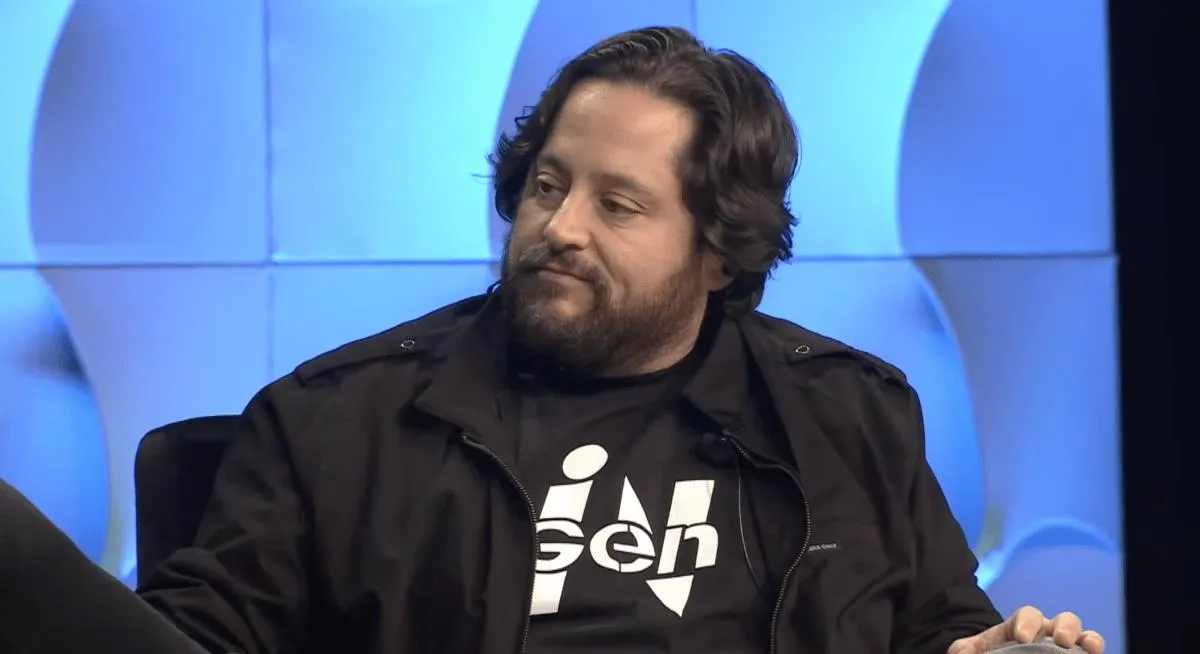
At the recent SXSW event in Austin, Colossal CEO Ben Lamm addressed the audience about the startup's ambitious goals in the field of genetic editing. Colossal aims to bring back extinct species, including the iconic woolly mammoth, through advanced biotechnological methods. During the onstage interview with actor and board member Joe Manganiello, Lamm emphasized that the company has no intention of recreating a real-life Jurassic Park, quelling any misconceptions about their objectives.
“Modern conservation isn’t working … and we’re gonna need a ‘de-extinction’ toolkit,” Lamm stated, highlighting the pressing need for innovative solutions in conservation efforts. He argued that humanity has a moral obligation to explore technologies that can reverse some of the environmental damage caused by human activities. Colossal's de-extinction efforts are not limited to the woolly mammoth; the company is also working on reviving the dodo bird and the thylacine, commonly known as the Tasmanian tiger.
Founded in 2023 by Lamm and geneticist George Church, Colossal has set a bold timeline to produce woolly mammoth hybrid calves by 2028. The ultimate goal is to reintroduce these hybrids into the Arctic tundra, aiming to restore ecological balance. Additionally, Colossal is spearheading a project aimed at releasing Tasmanian tiger joeys back into their native Australian habitat after a period of rehabilitation.
Colossal’s innovative vision has attracted substantial interest from investors, allowing the startup to raise hundreds of millions of dollars in venture capital. Currently, the company boasts a valuation of $10.2 billion. Furthermore, Colossal has established two spin-off companies that focus on specific applications of its genetic technologies, with a third in the pipeline.
Lamm believes that there is significant economic potential in the re-wilding of species and initiatives related to carbon sequestration. One of Colossal's notable projects includes the creation of a gene-edited “woolly mouse.” This mouse features mutations inspired by woolly mammoths, showcasing long, shaggy fur developed through a combination of mammoth-like and known mouse hair-growth mutations. Despite skepticism from some experts regarding the relevance of this project to true de-extinction, Lamm views it as a validation of their research efforts.
During the interview, Lamm also discussed the implications of artificial intelligence (AI) in the field of synthetic biology. He posited that the convergence of AI, computing power, and synthetic biology could represent the most transformative technologies the world has ever encountered. Lamm envisions a future where advancements in synthetic biology could lead to breakthroughs such as cures for cancer, effective methods for removing plastics from oceans, and widespread access to clean water.
Lamm expressed optimism about humanity's future, predicting advancements that could allow for the engineering of plants not just for food, but also for various beneficial proteins. He also suggested that within the next two decades, humanity could achieve longevity escape velocity, potentially extending the average human lifespan and making concepts of immortality more feasible.
On the topic of collaboration, Lamm mentioned that Colossal engages with U.S. government agencies on a quarterly basis and has received investments from the government, likely in the form of grants. He hinted at a significant initiative involving bio vaults to preserve endangered species, which may require a scale of effort reminiscent of the Manhattan Project.
As Colossal continues to push the boundaries of genetic science, the dialogue about de-extinction and conservation efforts becomes increasingly vital, raising questions about our ethical responsibilities and the future of biodiversity.